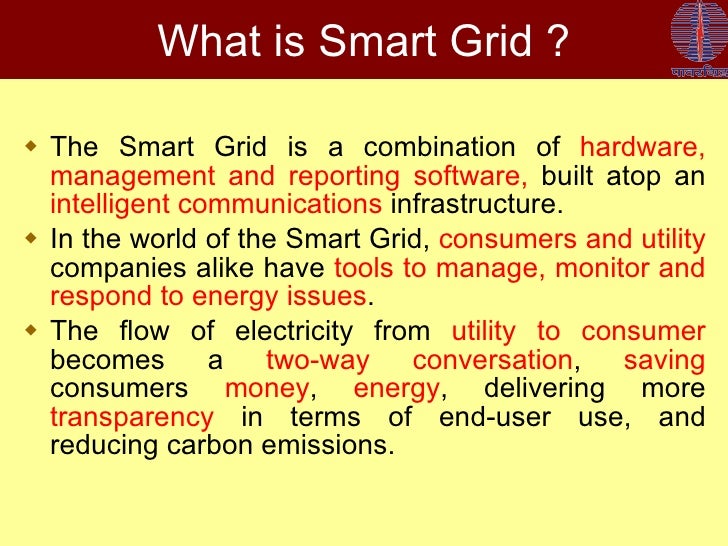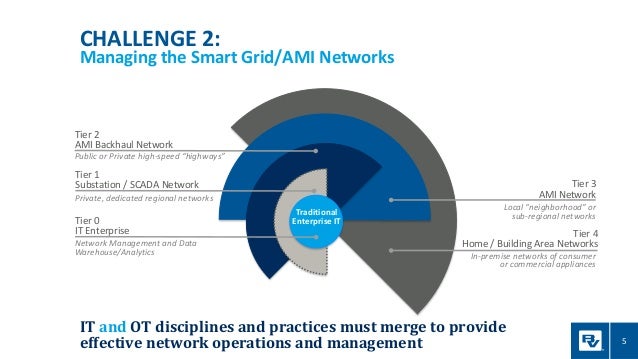

EV infrastructure is a perfect example of the importance of smart grids to the future of electricity supply. With these figures set to continue increasing, so will the strain on the global power grid. Smart grid and smart meters make it easier for utilities to offer new kinds of rate plans to help customers manage energy usage and cost - for example, by shifting some types of usage to times of. The past years have seen a boom in the number of electric vehicles in circulation, and along with it, in the number of electric vehicle chargers worldwide. Smart grid and smart meters help consumers save money by providing near real time energy usage information and the ability to manage electricity use.

In 2021, investments in grid battery storage worldwide added up to roughly five billion U.S. The added technical abilities to the grid provide numerous benefits to both suppliers and consumers: Support for renewable technologies The smart grid simplifies the integration of renewable energy sources into the grid. Energy storage projects for solar, wind, or battery energy storage with a capacity of up to five gigawatts were planned in different regions of the world as of 2022. Within the smart grid, controls, automation, and new technologies all work together to respond to changes in electric demand. However, other technologies such as thermal storage, hydrogen, and batteries have recently gained much attention. Pumped hydropower is one of the most common types of utility-scale storage currently in use. Since the power output from renewable sources is intermittent, large-scale energy storage technologies will be crucial for filling the demand gap when production is low. Renewable sources – led by wind and solar – are expected to become the largest source of electricity generation worldwide by 2040. NIST Leader, Researcher Explain Benefits of Smart Grid. In smart power grids, electricity transmission can be made more efficient, reliable, and capable through flexible alternating current transmission systems (FACTS), while high-voltage direct current (HVDC) systems allow electricity transmission over long distances and with reduced energy losses compared to alternating-current, making it suitable for renewable energy. To improve the efficiency, sustainability, economics, and resiliency of the Nations electric grids. The market value of global smart electricity meters is forecast to grow by almost 45 percent between 20. For suppliers, it gives a better understanding of hours of peak load power, allowing for more efficient planning of supply.

For users, this translates to more accurate energy billing and conscious energy use. Smart electricity meters can transmit consumption information to utilities in real time.


 0 kommentar(er)
0 kommentar(er)
